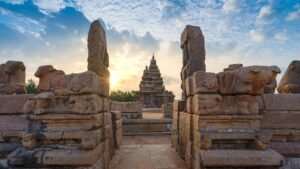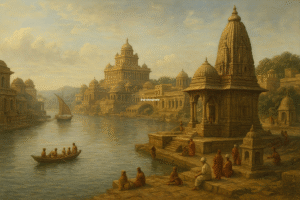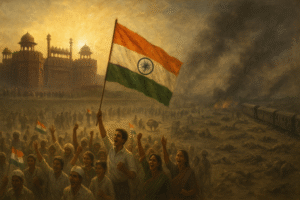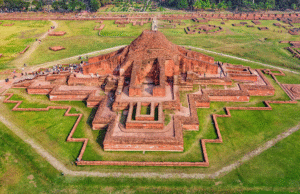Introduction to Indus Valley Civilization
The Indus Valley Civilization, often referred to as one of the world’s earliest urban civilizations, holds a place of significance in the annals of history. Flourishing around 3300 to 1300 BCE, this ancient civilization spread across the fertile plains of the Indus River and its tributaries, covering parts of what is now modern-day India and Pakistan. While archaeological and historical studies have extensively explored its secular aspects, let us embark on a journey to unravel the Indus Valley Civilization from a Hindu perspective, delving into its cultural, spiritual, and societal dimensions.
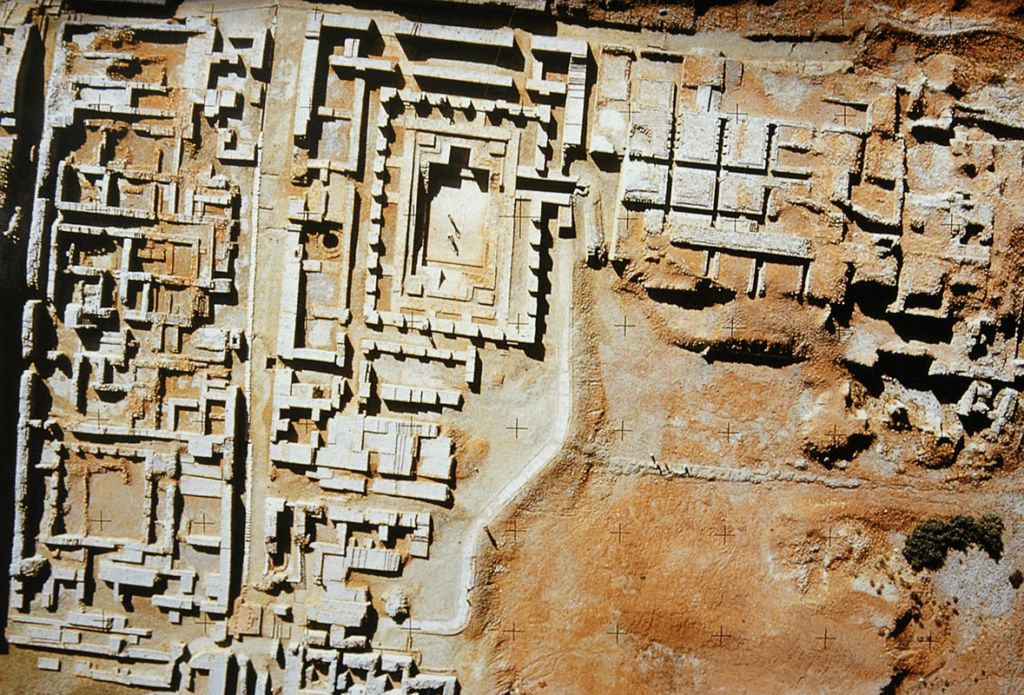
Spiritual Beliefs and Practices
The foundation of the Indus Valley Civilization’s spiritual landscape was intricately woven with beliefs that resonate with elements of Hinduism. While concrete evidence of religious practices is limited due to the absence of deciphered texts, various artifacts and symbols hint at a profound spiritual ethos.

The presence of seals depicting meditative and yogic poses, reminiscent of the Hindu traditions of meditation and asceticism, suggests a connection between the civilization and the pursuit of inner peace and enlightenment.
Furthermore, the widespread use of sacred symbols like the ‘Swastika,’ a revered emblem in Hinduism representing auspiciousness and eternity, highlights the spiritual underpinnings of the culture.

Urban Planning and Vedic Influences in Indus Valley
The advanced urban planning of the Indus Valley cities reveals a sophisticated understanding of architecture and infrastructure. Mohenjo-daro and Harappa, two of the civilization’s major cities, exhibited well-organized street grids, sewage systems, and multi-story houses, showcasing the society’s commitment to order and harmony.

From a Hindu standpoint, these urban planning marvels mirror the Vedic principles of ‘Vastu Shastra,’ an ancient Indian architectural philosophy that seeks to harmonize the built environment with the cosmic forces. The concept of ‘Vastu Purusha Mandala,’ a design grid believed to channel spiritual energies, finds resonance in the geometric precision of the Indus Valley cities, suggesting a deep alignment with cosmic forces.


Harmony with Nature
One of the most intriguing aspects of the Indus Valley Civilization is its remarkable connection with nature. The inhabitants of the civilization seem to have valued the environment and revered the divine presence in the natural world. The ‘Pashupati Seal,’ depicting a horned deity surrounded by animals, bears resemblance to the concept of ‘Pashupati,’ a form of Lord Shiva in Hinduism associated with animals and nature.

This reverence for the natural world aligns with Hindu ideals of ‘Dharma,’ emphasizing the interconnectedness of all life forms and the need to live in harmony with nature. It also finds parallels in the modern Hindu environmental movement, which draws inspiration from ancient wisdom to promote ecological sustainability.
Conclusion
As we delve into the Indus Valley Civilization from a Hindu perspective, we unearth a tapestry of spiritual depth, cultural symbolism, and societal harmony. The civilization’s remarkable urban planning, symbols of spiritual practices, and reverence for nature resonate with the core principles of Hinduism. While many mysteries remain, the exploration of the Indus Valley Civilization from this angle enriches our understanding of its legacy and its profound connections to the spiritual heritage of the Indian subcontinent.

